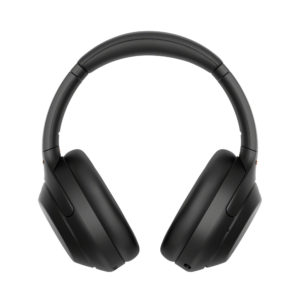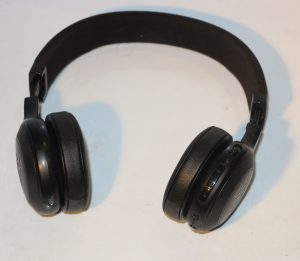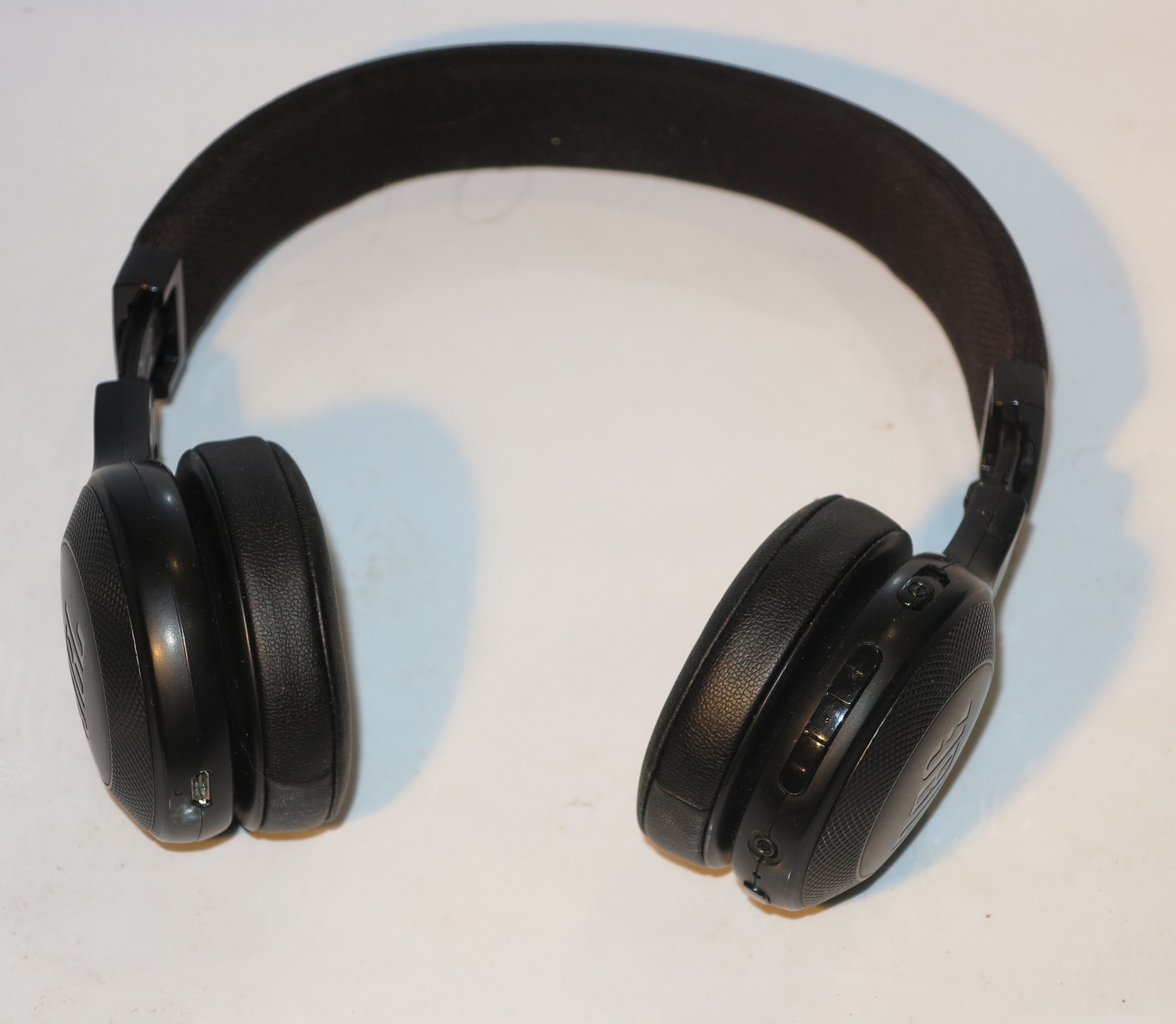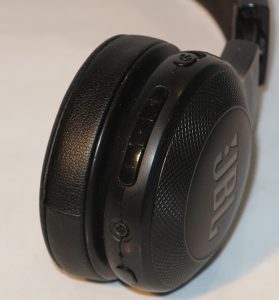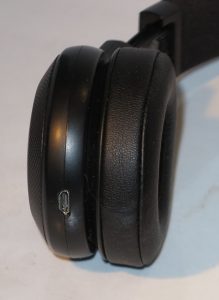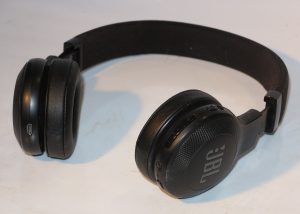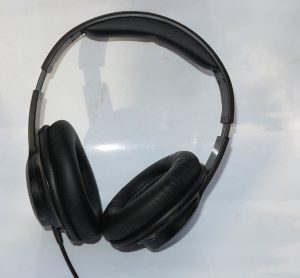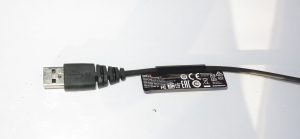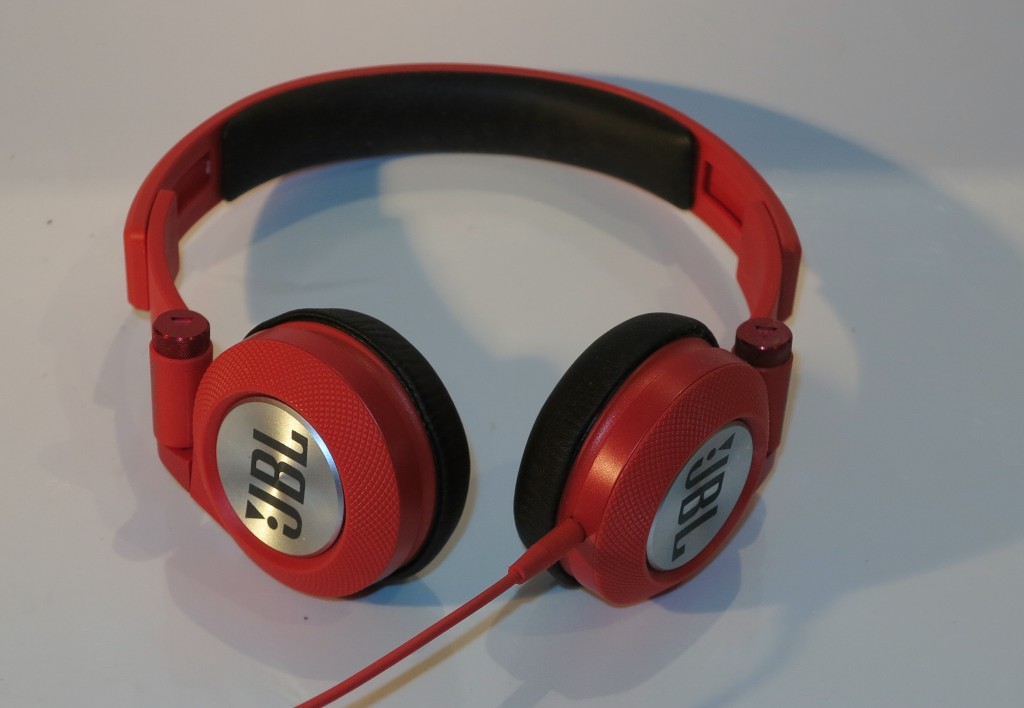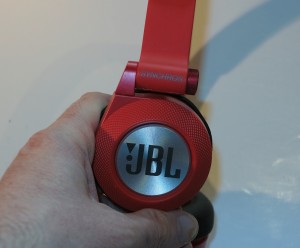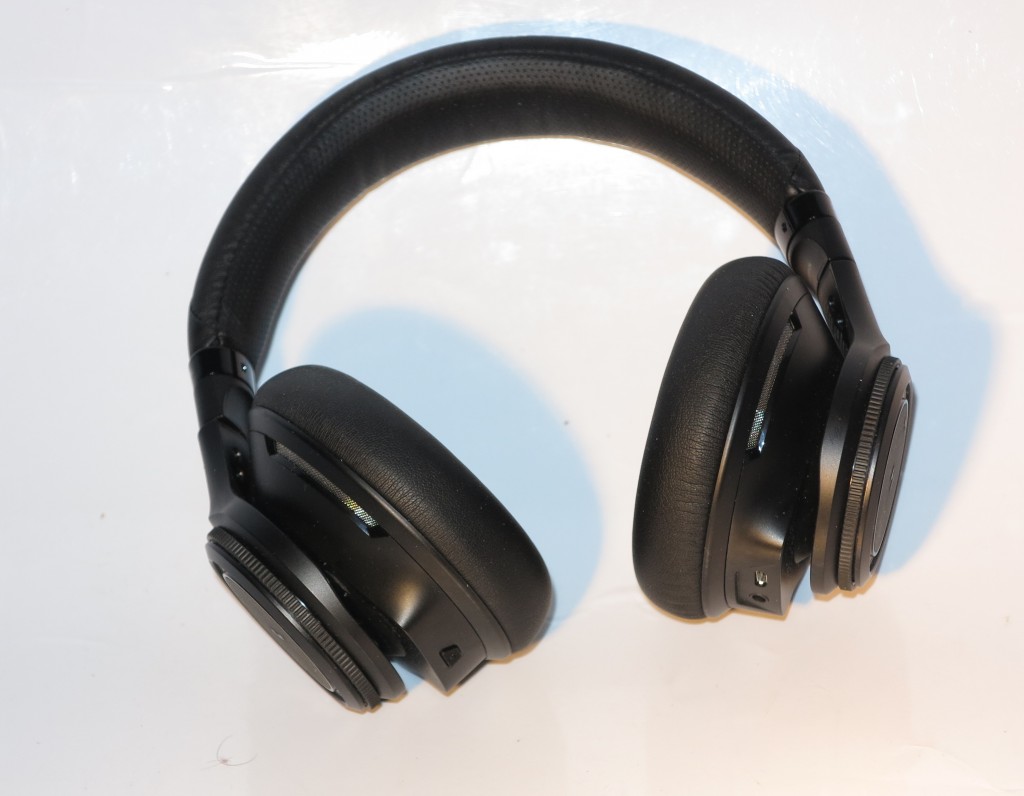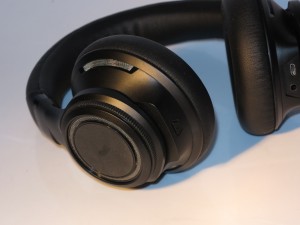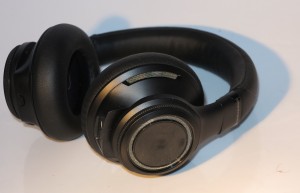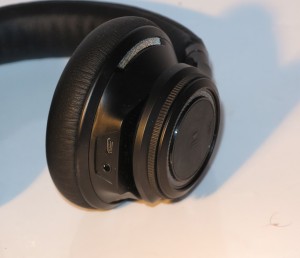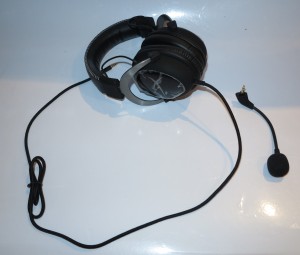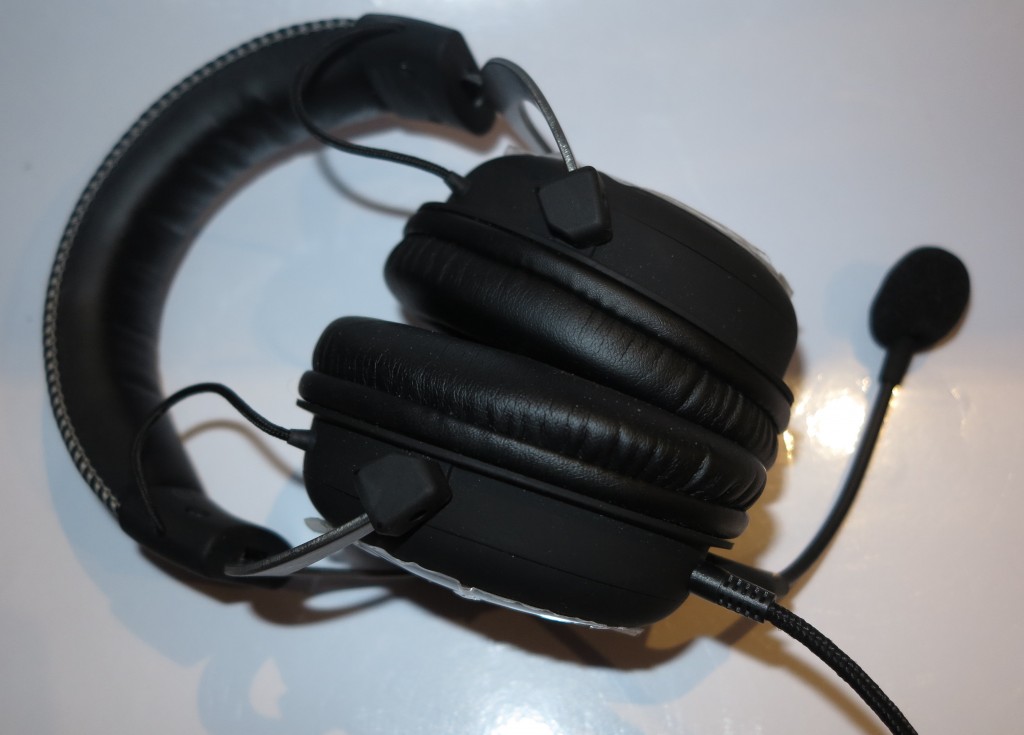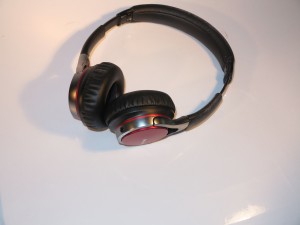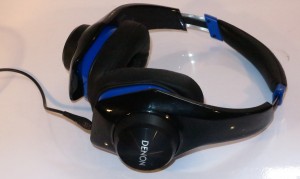 Previously in my series on IFA 2015, I have covered the trends affecting personal and mobile computing like the arrival of the Intel Skylake silicon which raises the performance of portable computers along with trends affecting the home network such as 802.11ac Wave-2 Wi-Fi wireless. Now I am covering the technologies affecting home entertainment.
Previously in my series on IFA 2015, I have covered the trends affecting personal and mobile computing like the arrival of the Intel Skylake silicon which raises the performance of portable computers along with trends affecting the home network such as 802.11ac Wave-2 Wi-Fi wireless. Now I am covering the technologies affecting home entertainment.
TV technology
There have been major strides forward with TV technology especially 4K ultra-high-definition TV.
Firstly, the cost of these sets is gradually reducing in such a way where they could start to appear in discount stores and supermarkets.
But another technology is appearing in the form of High Dynamic Range for video-content display. This is intended to create a more realistic image by preserving a high level of contrast between the brightest parts and the darkest parts. Here, the image would look like what you would see in real life like when you see the sun reflecting off the surface of the sea. Colour shades would be represented close to what they were to be, including the ability to handle bright exotic reds properly.
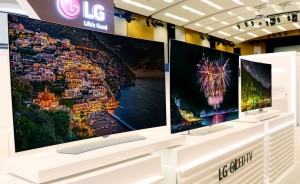
LG OLED TVs being launched at IFA 2015
LG have launched some flat OLED 4K TVs in the form of the EF9500 (65” and 55”) series and the EG9200 (55”) which are HDR-ready. With these sets, the flat-screen feature is underscored as being important for group viewing and whenever one is viewing on an angle which is something that curved screens cannot excel at. They also released a curved OLED 4K model in the form of the EG9100 series but this model omits the HDR feature. All these Smart TVs implement the WebOS 2.0 platform.
Samsung have covered all their bases when it comes to 4K TV technology by offering sets from 32” to 105”. They have announced that their UHDTV sets can be able to work with HDR material and these sets will benefit from this capability courtesy of a firmware update.
Panasonic have launched the CZ950 which is the first 4K OLED-based UHDTV to be launched by this brand. This 65” curved-screen set is tuned by Hollywood colourist Mike Sowia and is HDR ready.
Sony haven’t been quiet but launched their Bravia X91C series TV to Europe and Australia. This is while Philips launched their Ambilux TVs which use pico projectors to project images on to the surrounding wall to effectively enlarge the viewing area.
As for sources that supply video content in UHDTV, there has been some action lately on this front.
The 4K UHD Blu-Ray format has been launched as a way to cost-effectively deliver 4K material on Blu-Ray optical discs. It also has the ability to work with Dolby Atmos and other object-based sound-mix formats as well as supporting a digital media bridge function. Samsung has launched the first player capable of this format at IFA 2015.
As for broadcast content, Germany is moving towards DVB-T2 and implementing the HEVC codecs as part of this format which makes for traditional terrestrial broadcast TV being capable of being delivered in 4K UHDTV.
But there is more activity on the satellite-TV front with Eutelsat and SES Astra have been building out bouquets of 4K television content to be delivered this way. One example of this is the Fashion TV 4K channel that is being delivered by SES Astra satellites. CanalPlus is in on the 4K act as is Pearl TV, a German shopping channel. This is while Hessicher Rundfunk who is part of ARD is running demo transmissions via the Eutelsat Hotbird satellites. Sky Deutschland and a Scandinavian broadcaster have registered intent to establish 4K satellite content.
Audio Technology
When a consumer-electronics show has computing and TV as activities of focus, it is easy to forget about what is happening with audio technology. This is as the technology is being more focused around file-based audio and wireless multiroom audio setups of which there has been a lot of activity in this department.
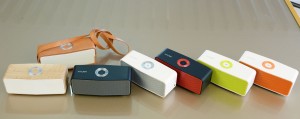
LG Music Flow P5 speakers
LG has built out their MusicFlow Bluetooth audio platform with the MusicFlow P5 speaker that supports Automatic Music Play that starts playing your music when you come in range.This device can run on its own battery for 15 hours. They also launched the SoundPop 360 which is a Bluetooth speaker that is the shape and size of a coffee cup and fires the music out around it. It has a playing time of 20 hours on its own battery.

LG SoundPop 360 Bluetooth speakers
These Bluetooth speakers support LG’s MusicPoint functionality which is effectively multipoint for Bluetooth speakers where you can connect two Bluetooth phones to the one speaker and play music through that speaker. There is also the DualPlay functionality where you can connect one phone to two LG Bluetooth speakers and set it up for improved stereo separation or many-speaker party-mode playback. The TV Sound Sync functionality allows you to link the Bluetooth speakers to a Bluetooth-capable TV and set up for better stereo or surround home-theatre separation or a private listening experience.
Samsung has answered LG on the Korean wireless-speaker front by offering 360-degree wireless speakers in the form of the R1, R3 and R5. These are cylindrically-shaped speakers rather than the previous egg shape and have a touch-based control surface so you can skip or recall tracks or “duck” the volume easily and they work with your Wi-Fi home network. Samsung’s Gear S and S2 smartwatches come with software to make them be remote controls for these speakers.
Philips have fronted up with the “Izzy” BMS range of Bluetooth speakers which can be synced to each other for a party-mode playback setup. These implement a pair of 2.5” full-range drivers in a bass-reflex enclosure.
Bang & Olufsen have fronted up at the IFA this year to show the BeoPlay A6 multiroom speaker which implements an unorthodox shape in order to fill a room with sound. The fact to remember about the way B&O speaker designs is that it isn’t just about their distinct looks but that these looks are to achieve improved sound dispersion across the frequency bands.This Danish-built speaker can work with B&O’s wireless iteration of the Beolink multiroom system or can cover all bases by working with Bluetooth or a Wi-FI home network supporting AirPlay or DLNA.
There is a desire by manufacturers and consumers to gang multiple wireless speakers together to play the same source. This is to permit improved stereo separation with that wider sound or to allow for “party mode” playback where all the speakers play the same music over a larger area. This extends to integrating subwoofers in to the equation to bring out that deeper bass, allowing the bass guitar or drum kit to come forward in popular music for example.
But there is a problem with Wi-Fi and Bluetooth setups where these networks are packet-based in the way they move data and there is a desire to keep the audio content in proper sync. This is limited due to chipset manufacturers and speaker / multiroom-system manufacturers designing their products so they can’t work with other products. There has been an effort in the right direction with Qualcomm’s AllPlay Wi-Fi-based system being implemented by different brands. Bluetooth could work harder on this goal for speakers that work in that domain while the Wi-Fi Alliance, IEEE Forum, the UPnP Forum and other alliances can work together to achieve this goal over IP-based local networks.
There is always a bit of action when it comes to new headphones and earphones to connect to your laptop, smartphone or tablet when on the train or plane. This is because most of us want to hear good sound from these devices to make our travel more easier and, in a lot of cases, these double as communications headsets for whenever we make and take phone calls on the go using the classic mobile or VoIP services.

Sony hear.on high-resolution stereo headphones
Sony have released their h.ear series of “cans” which come in different colours and are optimised for high-resolution sound. The first of these is the h.ear on which is a pair of closed-back circum-aural headphones that have a 5Hz-60kHz frequency range and are efficient for battery-operated devices by having a low impedance and 103dB/mW sensitivity. There is also a pair of h.ear in noise-cancelling earbuds that are part of the range.
These are pitched to go with their NW-ZX100 noise-cancelling Walkman file-audio player and the NW-A25 and NW-A26HN Walkman file-audio players with this model having noise-cancelling headphones.
Onkyo has used IFA 2015 to advance a pair of wireless earbuds which look larger than your typical earphones. Personally I see these earbuds a bit like a stereo take of those mono Bluetooth headsets that you slip over your ear to take calls in a hands-free manner while on the go.
Bose have used the IFA 2015 to premiere their Soundlink AroundEar Wireless Headphones 2 which are a pair of Bluetooth circumaural headphones based on their QuietComfort range of active-noise-cancelling “cans”.
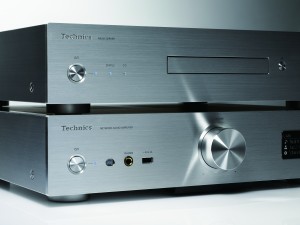
Technics Grand Class G30 hi-fi system with media server
The traditional hi-fi hasn’t been forgotten about courtesy of Panasonic who are staging an aggressive comeback for the Technics hi-fi brand. For vinyl, they are revealing a prototype direct-drive turntable that is modelled on the classic SP-10 turntable and the SL-1200 “Wheels Of Steel” DJ turntable. This will come with an improved direct-drive motor. They have also fielded a pair of hi-fi headphones in the form of the EAH-T700 closed-back headphones which implement a two-way speaker design based around a 50mm main drive and a 14mm super-tweeter for each channel.
But they also have built out their stereo equipment range further with the Grand Class G30 hi-fi which is based around the SU-G30 network media player / integrated amplifier and the ST-G30 music server which rips CDs to solid-state disk in a bit-perfect manner, more the reason to buy your music on CDs. This device serves the music out to your home network using DLNA technology and uses FLAC or WAV files to store the music. They have also fielded a single-piece hi-fi system with integrated CD player which can also draw in music from your home network in the form of the Ottava Premium Class C500 system. As well, they showed the C700 speakers to go with that above system.
Next in this series, I will be covering the Internet Of Things which will encompass home automation and home appliances. Stay tuned!
Part 1 – Personal Computing Trends
Part 2 – Wearables and the Home Network
Part 3 – Home Entertainment
Part 4 – Home Automation and the Internet Of Things

